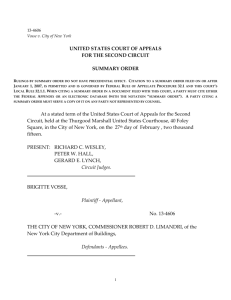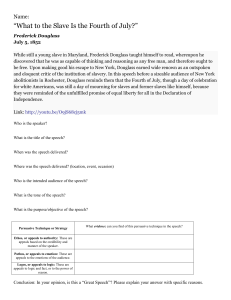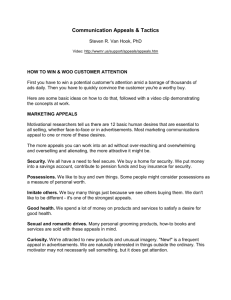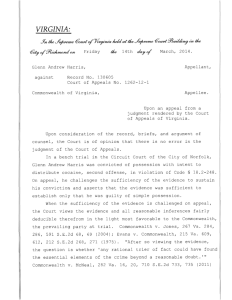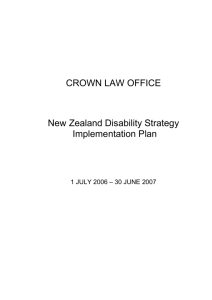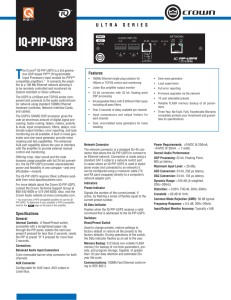understanding legal references and how to read law books
advertisement
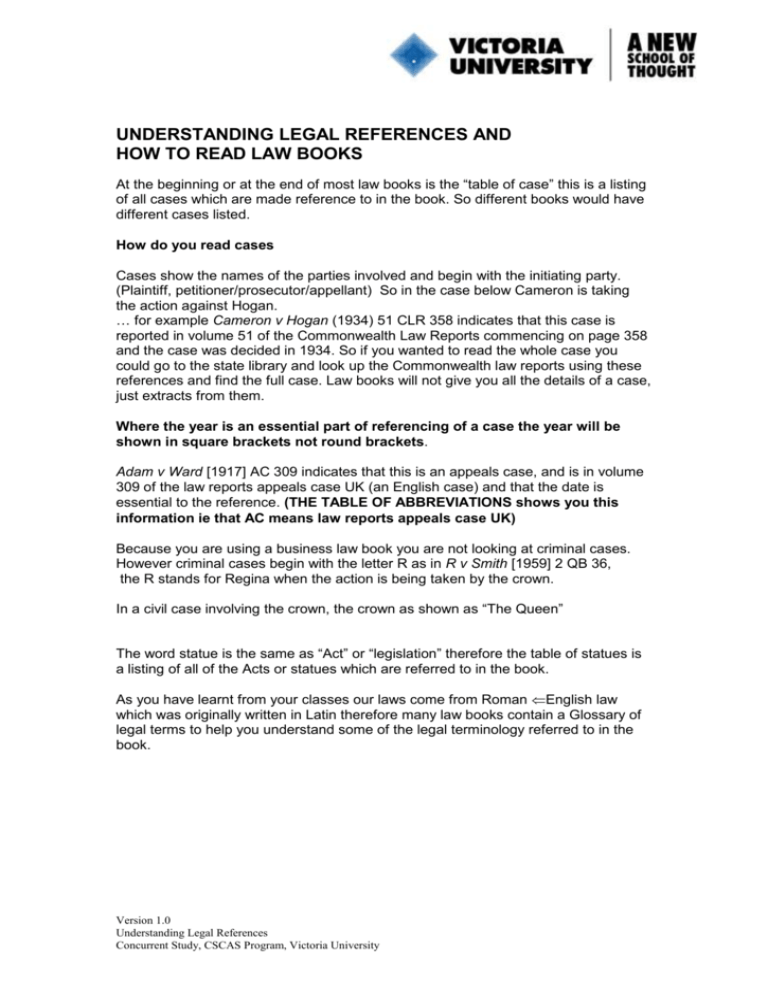
UNDERSTANDING LEGAL REFERENCES AND HOW TO READ LAW BOOKS At the beginning or at the end of most law books is the “table of case” this is a listing of all cases which are made reference to in the book. So different books would have different cases listed. How do you read cases Cases show the names of the parties involved and begin with the initiating party. (Plaintiff, petitioner/prosecutor/appellant) So in the case below Cameron is taking the action against Hogan. … for example Cameron v Hogan (1934) 51 CLR 358 indicates that this case is reported in volume 51 of the Commonwealth Law Reports commencing on page 358 and the case was decided in 1934. So if you wanted to read the whole case you could go to the state library and look up the Commonwealth law reports using these references and find the full case. Law books will not give you all the details of a case, just extracts from them. Where the year is an essential part of referencing of a case the year will be shown in square brackets not round brackets. Adam v Ward [1917] AC 309 indicates that this is an appeals case, and is in volume 309 of the law reports appeals case UK (an English case) and that the date is essential to the reference. (THE TABLE OF ABBREVIATIONS shows you this information ie that AC means law reports appeals case UK) Because you are using a business law book you are not looking at criminal cases. However criminal cases begin with the letter R as in R v Smith [1959] 2 QB 36, the R stands for Regina when the action is being taken by the crown. In a civil case involving the crown, the crown as shown as “The Queen” The word statue is the same as “Act” or “legislation” therefore the table of statues is a listing of all of the Acts or statues which are referred to in the book. As you have learnt from your classes our laws come from Roman English law which was originally written in Latin therefore many law books contain a Glossary of legal terms to help you understand some of the legal terminology referred to in the book. Version 1.0 Understanding Legal References Concurrent Study, CSCAS Program, Victoria University

